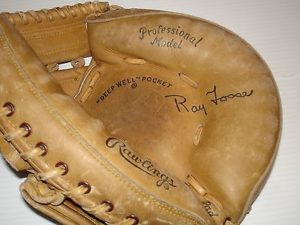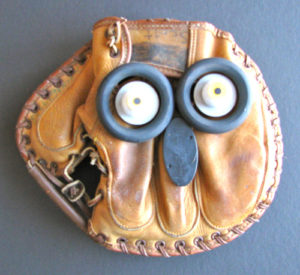by Randall Auxier
It must be weird, for those who live to see it. Imagine you’re an artist and some work you created ends up in a museum, like, across from a Picasso. When Morley Safer interviewed Picasso, who was in the extremity of age, the journalist apologized and said something like “I hate to ask you this, but everyone wants me to . . . what is it like to be Picasso?” The reticent painter sighed. “Do you have a dollar?” Safer was taken aback, as I recall, but said he did. Picasso said “give it to me.” Safer did so. I was a kid when I saw this. I’m running on distant memories here, but I recall thinking “wow, if you’re Picasso, you just ask for something and people do it.” But no. He signed the dollar with his characteristic sweep and handed it back. “Now it’s worth a thousand.” I don’t recall the exact amount, but it was a whopping increase.
I never took the question seriously when people say: Is It Art? Sure, sometimes we need sharp definitions. But not about art. Is that dollar “art”? Well, yes, but not because Picasso signed it. It’s art because some artist(s) designed the dollar –and the layout is nice, not just functional but very pleasing. That painting of Washington, the rendering of the eye of providence, and the great seal: these are art. The words “annuit coeptis” and “novus ordo seclorum” come from the poet Virgil, and that’s art. That’s more than enough evidence for me. Yes, the dollar bill is art. Indeed, it’s mostly art. Very little about it isn’t. You don’t have to stick something in a museum to know whether it is art.
But look what I just did. I drew a cryptic line between art and non-art, and my case was: “everybody knows x is art (a painting, a design, a poem), and anything made of art is art.” But every human artifact is designed. So every artifact is art –I mean, it even has the words “art” and “fact” built in. Oh hell. I don’t believe every human product or process is art. I need a definition after all.
The philosopher Arthur Danto made an elaborate case that all art is “embodied meaning,” but he admitted that this isn’t enough. Nevermind what that is. It takes a book (or several) to explain. All it does is exclude from the category of “art” stuff that isn’t embodied or is meaningless (or both). That may be progress, but it has no real effect on the “artifact” question. For instance, maybe a “concept” is an artifact that lacks a body, so no concept, by itself, is art. But you can see we haven’t gotten very far.
My friend Crispin Sartwell is, well, he is bold. It gets him in trouble. Often. But fortune favors the bold, and if you don’t like the next bit here, criticize Sartwell and leave the messenger be. Sartwell says, and I quote: “A work of art is an intersubjectively available product which (1) is the product of a process in which, to an exemplary degree, some aspects of the process itself are pursued for their own sake, and not merely for the sake of the end for which the process is undertaken, and (2) is of a kind, members of which are themselves suited to play a role in such processes.” (The Art of Living, p. 13)
Jesus. That’s a mouthful. Or pen-ful. Or maybe he only broke a fingernail typing something so baroque. Still, let us agree that the meaning and application of this definition is less than crystal clear. So I decided to try it out on a few things. I grabbed my catcher’s mitt, always near my work space, and said to myself “is this art?” I find it unnerving that to find an image of my mitt on-line, I have to add the word “vintage ” to the search –my last year to catch was 1979. Today’s mitts look very different. Doesn’t matter.
Is this one artifact art? My student Liam Gascoin points out, as I hand him the mitt, “the people who made this might have taken some serious meaning from making something like this.” But Sartwell says that art has to have some aspects pursued for their own sake, and to an exemplary degree. No, those workers were paid (badly I’m sure), and there is nothing except functional stuff, apart from the curlicues in Ray Fosse‘s (doomed) signature. I am cognizant that I write this from within a few miles of Ray Fosse Park, his hometown being just down the road. But sorry Ray, it isn’t enough. Your signature wouldn’t be there if it affected function.
But is a catcher’s mitt of a “kind” that can be an artwork? I think not. Here’s the reason. You might adorn a catcher’s mitt any way you like, but no one would add decoration that impairs function. If a such mitt is made only to be looked at, not for use, well, yeah, maybe. But is that really a catcher’s mitt? Isn’t it more like a “catcher’s mitt”? So, my point is, if you have to put scare quotes around something just to call it what it looks like, so as not to confuse people, well, it might be art but it isn’t the same kind of thing anymore.
I have seen guitars you can’t play, cars you can’t drive, houses you can’t live in, all of which are surely art, but whether they are guitars, cars, and houses is doubtful. Yes, we alter the world for art’s sake, but when we do, we create new kinds. What “kinds”? Well, artistic imitation of things like my catcher’s mitt, which (signature aside) is most admirable, well made, and emerges straight from life as we live it, and is unfit for museum. But no, not art.



